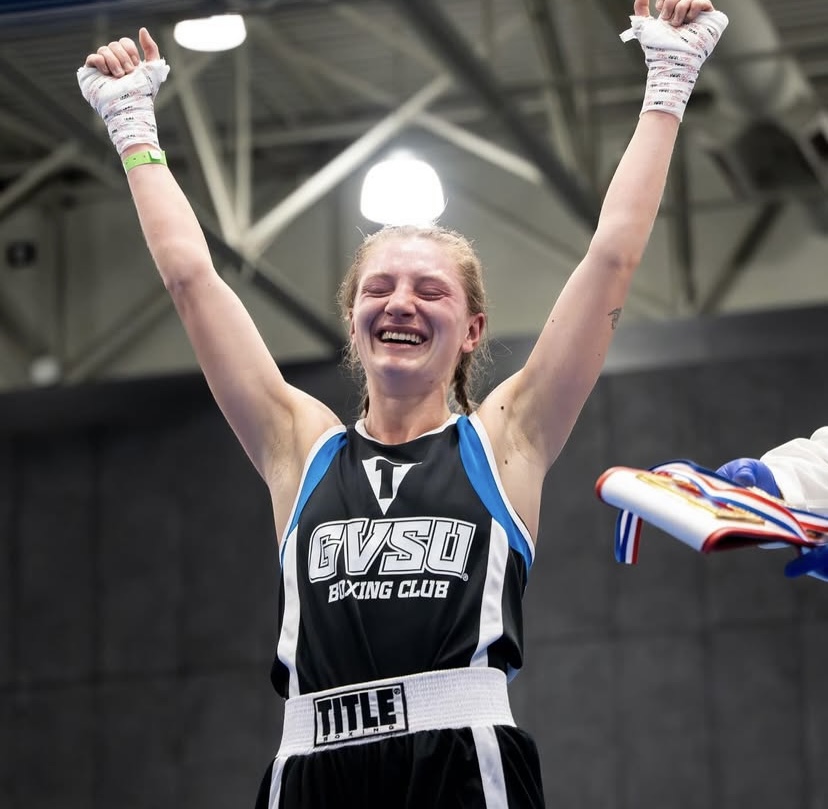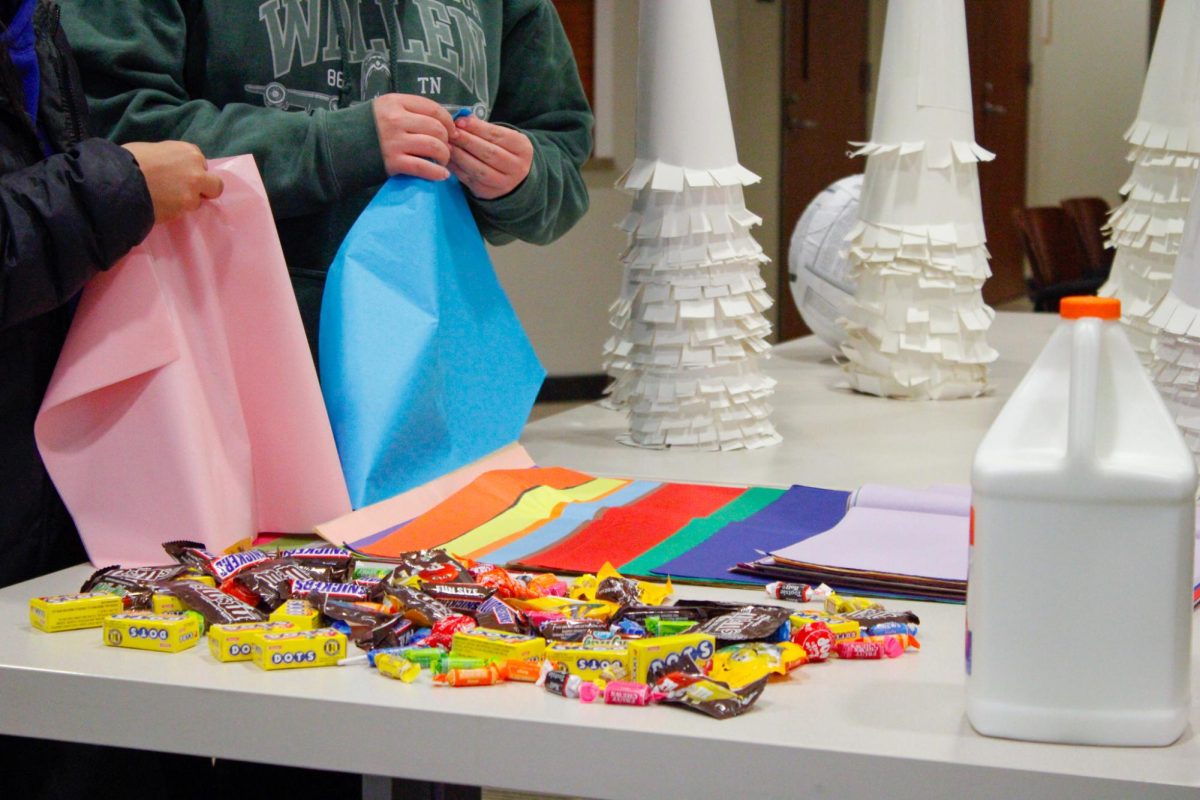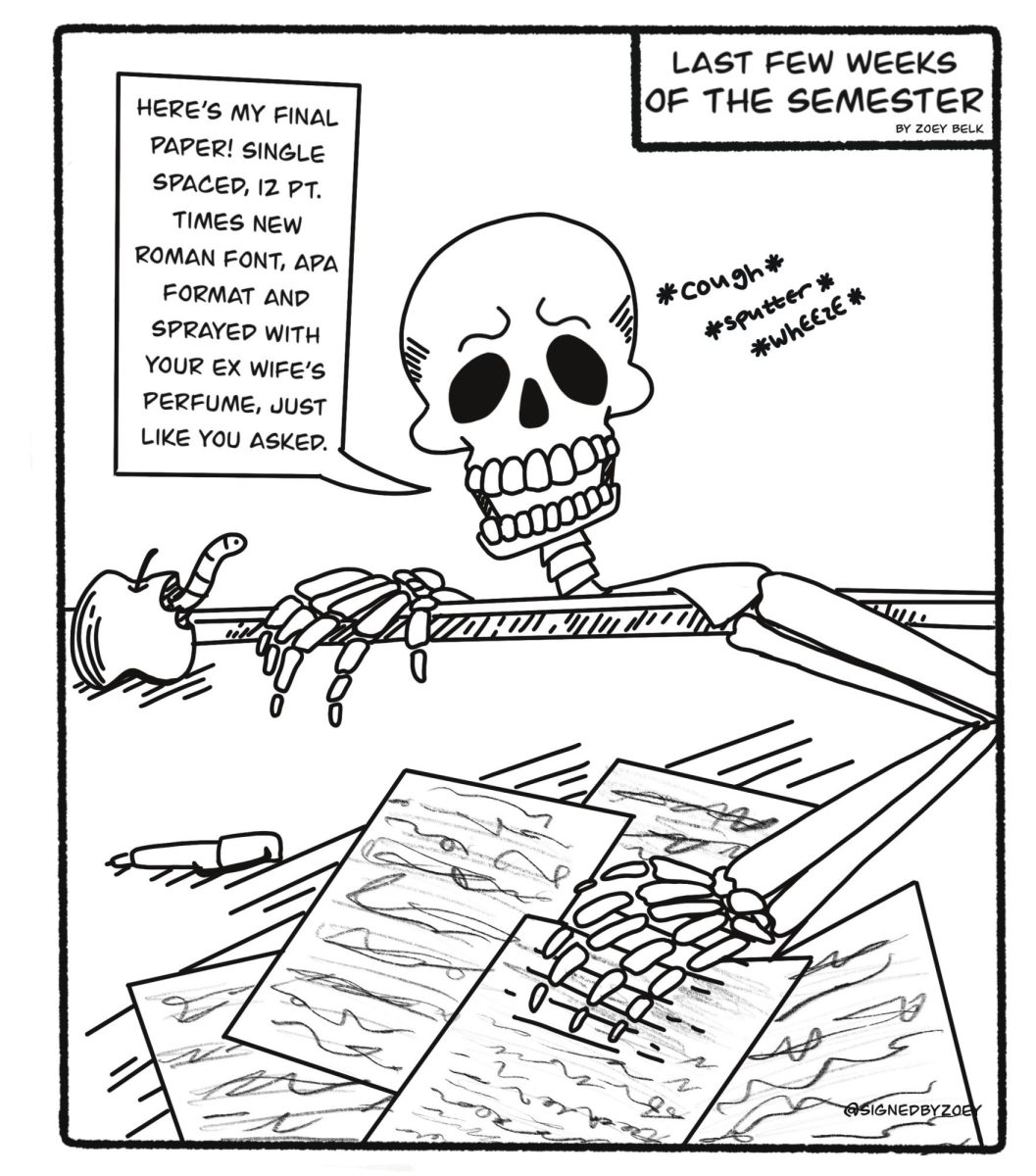Understanding the NCAA COVID-19 eligibility extensions
Mar 15, 2021
Last year, the NCAA granted student athletes the ability to extend their own eligibility if their team was affected by the COVID-19 pandemic. Student athletes normally have five years to play four seasons of their sport. The NCAA extended this eligibility into six years to play all four seasons.
“Well, I don’t think that we understand everything about it either,” said Associate Director of Athletics-Compliance Wendy Wilson. “The hard part is that the situation is different for every student.”
There are two forms of extensions that the NCAA set in place. The first one is a season of competition waiver. All winter and fall sports from this past year automatically qualify for this waiver. The season of competition waiver means that none of the seasons for these teams count towards a student’s year of eligibility.
Last year, spring sports got some of their games in and students competed. The NCAA gave all these athletes a season of competition waiver because they didn’t play a high percentage of their games. For fall sports, the NCAA did the same thing. A few months later, the NCAA gave the same waiver to winter sports.
For 2021 spring sports, however, this changes. If a team plays more than fifty percent of their games, an athlete’s season counts towards their eligibility. Spring sports have a cap since they don’t play a conference-only schedule.
This waiver also gives schools the right to cancel games when they need to. It gives students the opportunity to come back and compete, but it also gives collegiate institutions the ability to protect their players’ health.
“It gives schools the ability to cancel things when they need to,” Wilson said. “We’re not going to try and stretch the competition. There could be a case where we have two COVID-19 cases and we want to cancel, but we really need to get this game into finishing a schedule. This decision gives flexibility to us and to the students.”
The second form of extension from the NCAA is the extension of eligibility. This allows students to come back for another year even if they were planning to graduate in 2021. This also offers non-seniors a chance to add an extra year of eligibility to their collegiate career. Not every student has to use it however and it’s a difficult decision to make for student athletes.
The case is different for every student athlete who has the opportunity to extend their eligibility. A senior fall athlete coming back in 2021 is very different than a junior playing in a spring sport who is returning for their senior year.
The rule applies differently to everyone. There are many factors that also go with these decisions, like financial aid, career opportunities, and a student’s academic schedule.
“From GVSU’s perspective, it’s very much an individual conversation between coach and student athlete,” said Wilson.
When looking at a student’s credit situation per semester, the baseline is that an athlete has to be taking 12 credits to be a full-time student. For graduate students, it’s nine credits. If a student is in their last semester before they return for another season, they don’t have to be full-time. The student athlete has to take the remaining credits towards their degree during their time back.
None of it is required for student athletes or for collegiate institutions, however. Universities have the ability to self-impose their waivers. For example, the University of Wisconsin told student athletes they needed to move on. The school didn’t grant their students the opportunity to return.
GVSU on the other hand has offered this to their student athletes. Not only has GVSU had to work with their own students who decide to extend their eligibility, but they also have to deal with transfer students who want to come since their former schools don’t offer an eligibility extension.
These decisions also affect teams’ financial aid situations. The NCAA gives schools financial aid limits for their teams. Institutions, coaches, and students decide on financial aid.
At GVSU, the final word on financial aid decisions comes from a team’s coach. Student athletes have to discuss with their coaches about financial aid if they do decide to return to play another season.
The administration at GVSU is still hashing out the final numbers for the team’s financial scholarship budget. There are other factors for these decisions, like the number of new recruits coming to the team next year. This bizarre sports year caused by COVID-19 hasn’t stopped GVSU from vigorously recruiting new students.
For the 2022 academic year, the NCAA will exempt a student athlete who would have graduated in 2021 from a roster. Teams can keep their original roster sizes even with athletes returning who exercise their COVID-19 eligibility extension.
However, roster size is also affected by the financial aid aspect. Since this is the case, it is again a very difficult conversation to have with a player’s coach about returning for another season. There also isn’t an official deadline for student athletes to make this decision.
“We still don’t know everyone who is coming back,” Wilson said. “For example, last spring we mapped out plans for student athletes coming back for the 2021 academic year. As soon as we were done, sure enough, we had about four or five students between May and August decide they needed to move on from the school and pressure their new careers. In that respect, it continues to fluctuate.”


























